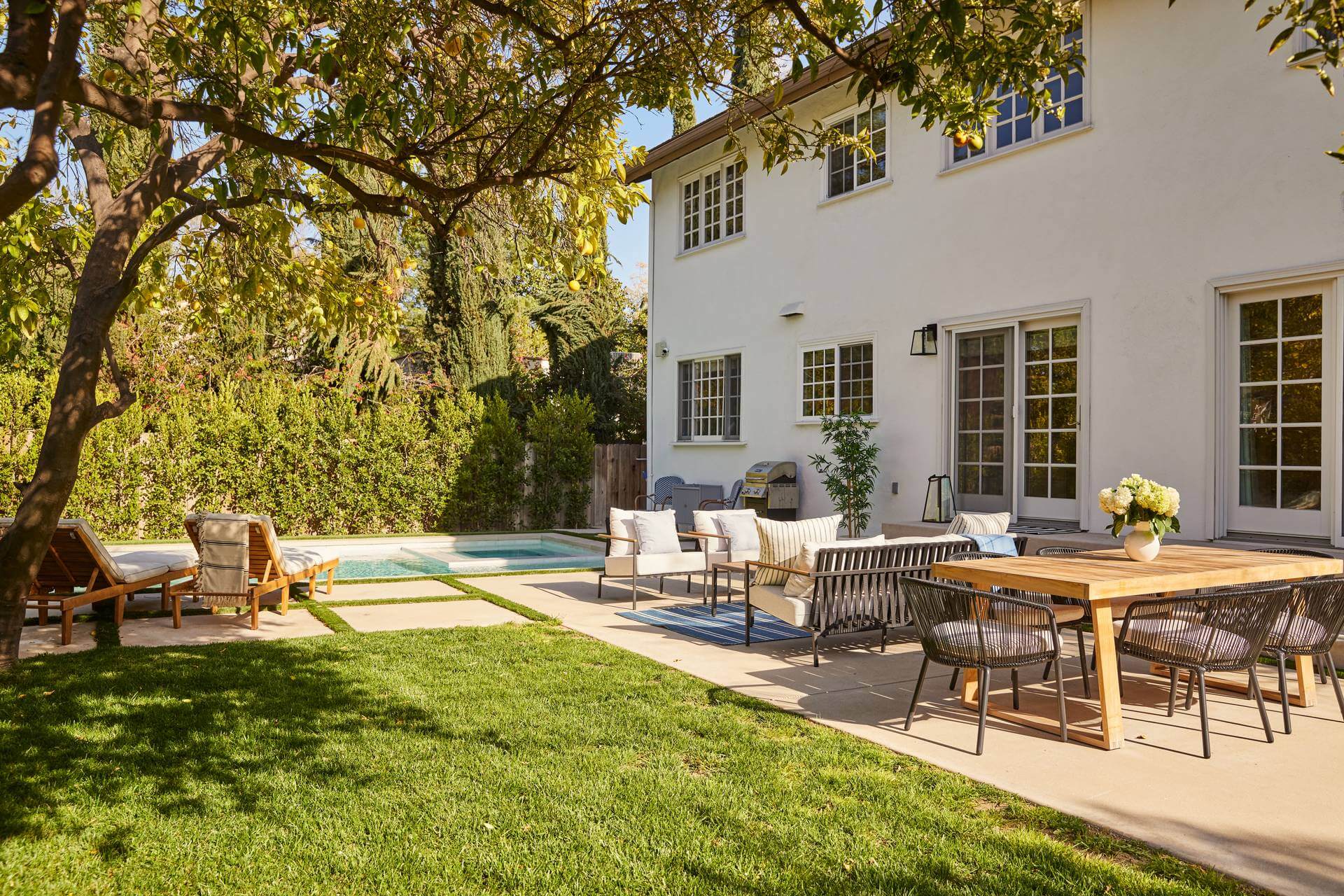The Definitive Guide to Landscapers
The Definitive Guide to Landscapers
Blog Article
5 Simple Techniques For Landscapers
Table of ContentsSee This Report on LandscapersAn Unbiased View of LandscapersLandscapers Can Be Fun For Everyone8 Simple Techniques For Landscapers7 Easy Facts About Landscapers ExplainedThe Basic Principles Of Landscapers
- A garden attribute where water is represented by an aggregate rock product, usually a crushed rock or granite. These are most commonly located in modern and Japanese yard style.- A stone or natural flagstone outdoor patio, path, or walkway built without a concrete base. The base would certainly be compacted gravel and the joints would certainly be an aggregate or walkable ground cover. - A rock preserving or complimentary standing wall surface developed without making use of mortar. A highly experienced mason is required for a completely dry pile rock wall. The majority of wall surfaces in Rose city are moist stacked, even if they seem. - A below ground structure that accumulate water and allows it to slow down percolate into the dirt around it.
Landscape layout that is compatible with a websites' atmosphere in both look and sustainability without adverse impacts to the environment. Bordering in the landscape is a line of separation that produces aesthetic rate of interest in the garden by dividing one section from another sector.
Locations can also have a sensation of "enclosure" provided by trees, various other growings, fences, or displays. The landscape near the access to a building.
The Best Strategy To Use For Landscapers
:max_bytes(150000):strip_icc()/look-up-look-down-photography--o7ASOHDV9E-unsplash-62ac6efd6d724c7abb7320fefe03b411.jpg)
The element in a landscape style or location in a landscape that is implied to be most famous. The focal point can be a plant, stone, statuary, collecting room, or various other landscape feature. A design of gardens or garden components that worry straight lines, appropriate angles and circles. Shrubs or bushes found in beds near the foundation of a home or various other framework.

Some Ideas on Landscapers You Should Know
Rock item, either rounded or fractured, that is reasonably tiny- typically 1" or less. Reduced plants that are enabled or motivated to top an area. Can refer to any type of "difficult" garden elements including statuary or stones but a lot of typically is utilized to refer to paths, outdoor patios, and walls.: Height difference in between the level of water in a pond (or the level of the pump if it rests outside the pond) and the top next page electrical outlet of water which affects performance of the water pump in gph (gallons per hour). Thick hedges or trees that create a fencing, display, or boundary.
A chemical made use of to regulate weeds. Fencing boards that run horizontally, often made use of in modern or Japanese-inspired landscape layouts. Lines that specify spaces within a landscape principle. These often extend from corners or crucial features of an existing structure. Correct usage of fictional lines can aid the landscape really feel connected to the home and various other elements.
Conventional PNW landscapes are casual. A plant that spreads out even more than preferred, or into environments where it does damage.
The Ultimate Guide To Landscapers
Can include head positionings and insurance coverage, pipe sizing, GPM specifications, and products needed to install this system. Accredited professional who designs landscapes, educated in see here engineering and architecture as well as in cultivation.
The professional who plans and develops landscape tasks, generally at a property or small commercial degree with the major layout incentive on growings. Landscape designers commonly have much less schooling than Landscape Architects and are not accredited. A completed landscape design, detailing all components for the new landscape. This usually takes the kind of an illustration theoretically.
Using several growings of the same range to fill in a location in the landscape. This can lower upkeep and water use in the yard.
A mix of concrete, sand, and water that is used in stone masonry for establishing rocks and joints. A layer of garden compost or bark dirt used at the base of a plant. A mass planting of moss. A plant that existed in a geographical location prior to individuals started altering the landscape.
10 Easy Facts About Landscapers Described
Just how the garden or a garden aspect is organized in relationship to an existing or brand-new function or to a direction. Yards that are not mowed yet grown in landscapes as perennials.

Plants that offer seasonal passion and then pass away back in the winter season. Cold period lawn that is the most common lawn grass in Portland, go to this web-site OR and the remainder of the PNW.An open roofed framework over a patio area or various other landscape attribute.
Lava aggregate ranging in size from 1/4" to dirt. One of the most common landscape crushed rock in the PNW. Area of the landscape designed to take care of water until it can soak right into the ground. A chain that manages water as it takes a trip from a roofing system gutter to the ground. Garden structure that creates a planting area that is contained and higher than the bordering grade.
Structure constructed from wood, concrete, leading stones, bricks or various other materials for stabilizing inclines and protecting against too much disintegration. Slim watercourse. Creating a garden attribute consisting mostly of stones with growings that enhance and can grow in the rough setting. Lawn sprinkler head style that rotates a stream of water across a location.
8 Simple Techniques For Landscapers

Report this page